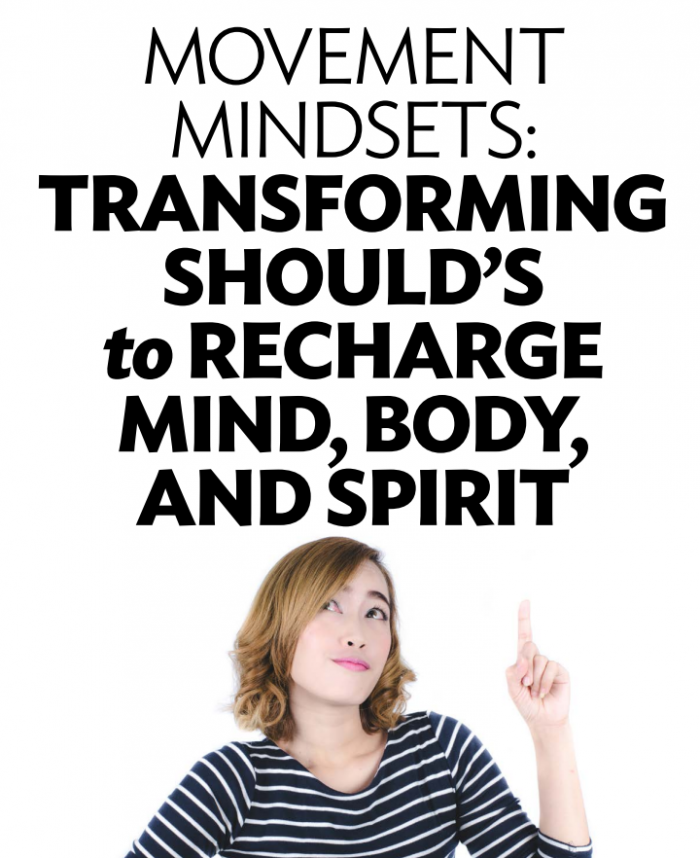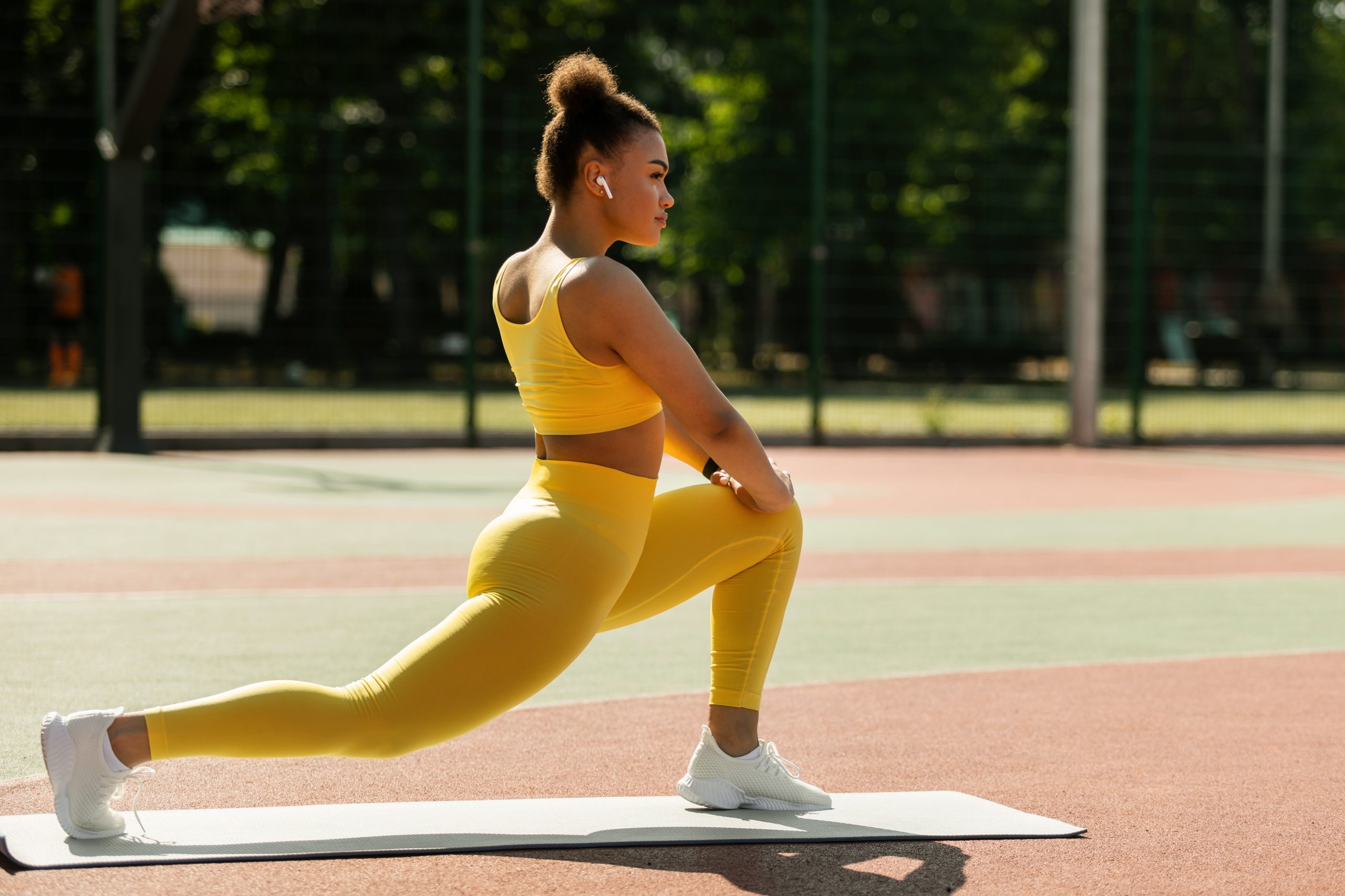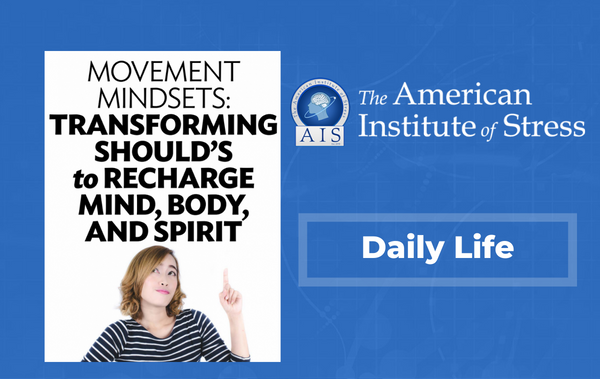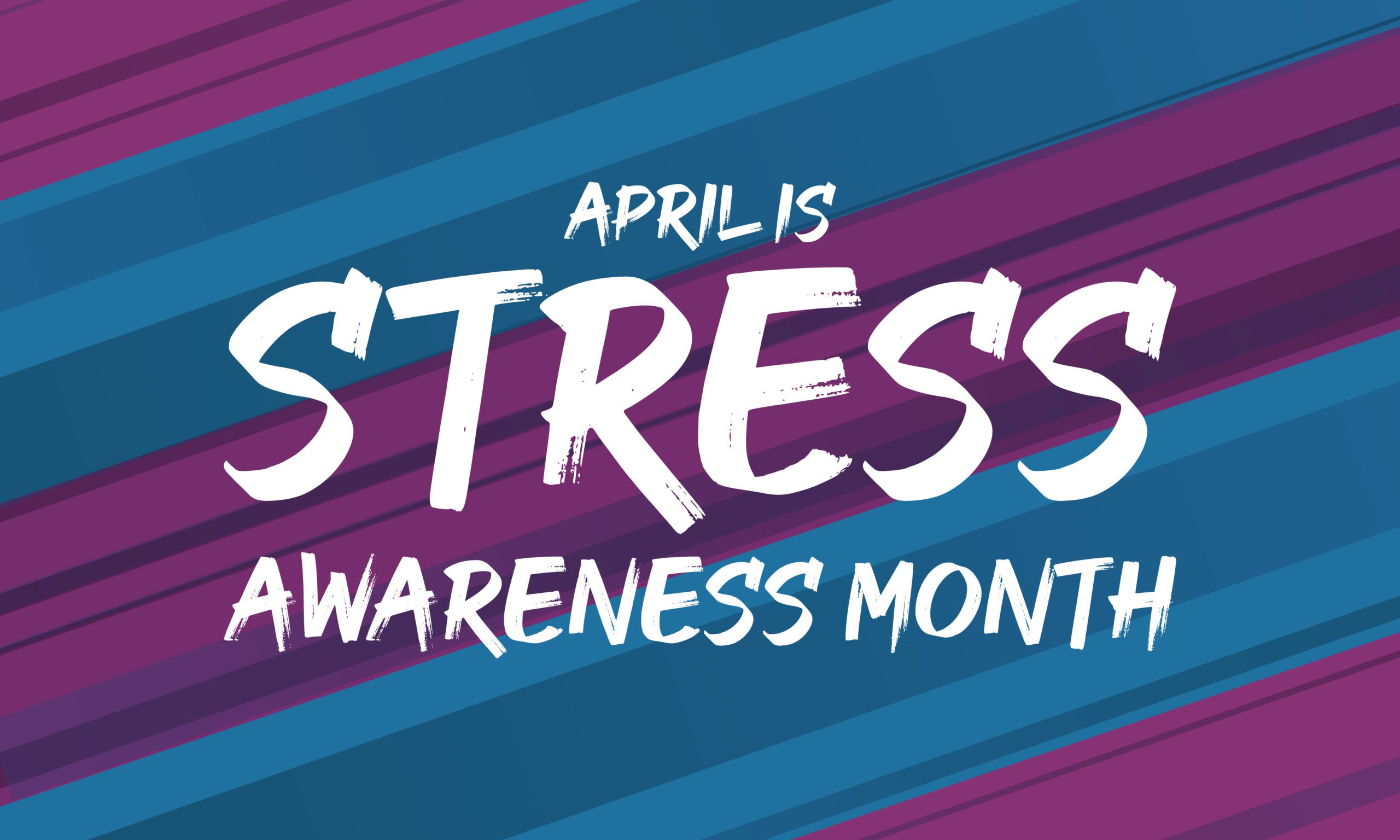
*This is an article from the Summer 2022 issue of Contentment Magazine.
By Cynthia Ackrill, MD, PCC, FAIS
But I don’t want to…
Several of the articles in this publication address our attitudes about movement and the frustrating disconnect between knowing its value and actually doing it. As an early adopter of the well-being approach in a disease-focused profession, I’ve known for years that exercise and movement are key to health and longevity…and yet, I still fantasize about the invention of a special M&M designed to replace any need for exercise. (Of course, it has no effect on insulin levels—what good is a fantasy if it has negative side effects?)
My ADHD brain has no brakes on my constant fidgeting—my right foot and tongue are probably burning a significant number of calories as I write this. But my disdain for formal sports or intense exercise started early, thanks to fast growth/poor coordination, early failure/teasing, and a gym teacher who proclaimed me a “waste of height!” (Waste = I wasn’t helping my school win anything.) Just as we have a relationship with stress that influences how it affects us and how much power we have to handle it, we have stories in our heads about so many aspects of life that can limit our potential. I am so tired of living with, “I am not an athlete.”
When I started working in neurofeedback, I saw first-hand how exercise helps to regulate brain patterns, which, in turn, helps the mind handle stressors. But probably more importantly, after observing this shift in patients, I started to make the connection between how I moved and how I felt. This let me let go of the shame/guilt/should world of “push motivation” to focus on the “pull motivation” of my desire for vitality and feeling strong. (This is the intrinsic motivation Ashley DePaulis discusses.)
As other articles in this issue mention, when we go beyond the notion of strict exercise regimes (without maligning their benefits for many), we can get creative about increasing movement in general. And keeping our ‘why’ in mind improves our chances of success. As does keeping track with some sort of system—from check charts to apps to just having our technology track activity. (I poo-pooed monitors for years, thinking they diminished the organic joy of movement, and now I love closing the rings on my watch!)
Our brains love success, so acknowledging small victories will spur on more. True, also for having fun. No one said we must suffer to be well; fun keeps you coming back for more. But beware getting lost in the goals or black and white evaluations of success/failure that leave you defeated. All movement is good, save obsessive exercise addiction. (Yes, that’s real, but I’m sure not at risk!)
Double and Triple Plays
We are all busy, so when we choose to dedicate precious time and attention to movement, consider ways to amplify the benefits. Holistic self-care, so critical to well-being, includes recharging mind, body, and spirit. I love to think of this as nourishing the different aspects of our beings and replenishing our physical, mental, emotional, and spiritual energy. So, how can we make the most of our time?
My clients have enthusiastically embraced the notion of double and triple plays. Ex: Take a short walk at lunch, outside, with someone with whom you’d like to connect. Triple win! You’ve enlisted the grounding and perspective widening power of nature and fed the human brain’s critical need for social connection while moving your body. Other ideas to get your creative juices flowing:

- Do a few yoga stretches while connecting to your breath or repeating a mantra that helps you feel more grounded.
- Play tag or leap-frog or some fun game with your kids and make sure it includes healing laughter.
- Make a family walk an evening or weekend routine—keep it short enough to be fun and share funniest/ happiest stories of the day or week. This pulls in connection, joy, and the incredible power of gratitude… all while moving!
- Try a walking meditation or labyrinth.
- Take a brainstorming walk with your team. One person records ideas and nothing is too dumb to entertain. This unleashes creativity that will lead to more mental power and maybe some great ideas.
- Take a 5 minute “close the door and move” break that includes your happy music. Music is a powerful tool for entraining the brain.
- Volunteer in something physical — Habitat or Community Garden, for example. This feeds the soul, your community, and you are moving.
You get the idea. Brainstorm as a family or a work team. Keep a board of ideas. And mostly have fun!
Other Ways to Move Through Stress
When we are stressed, we often feel stuck—sometimes physically, but more often mentally, emotionally, or spiritually. Stuck implies a lack of control, one of the attributes of stressful situations. Just as we have been discussing physical movement, there are ways to shift out of stuck in other dimensions. It’s human nature to want to regain control and move.
I live in the mountains of North Carolina and because of the topography, there are not many options for getting between towns, a perfect set up for traffic issues. (Less options, reduced choice, less control!) Commuting stress has long been recognized as an insidious stressor of modern times. When Google maps illustrates my route with dark red lines and 25 min delay warnings, I immediately start scheming how to beat “the system.” In reality, my attempts to circumvent the slow down on windy minor roads often take longer than if I had just sat there in the traffic and used the time to enjoy good music, a podcast, or quiet time. But I want to feel like I’m moving, like I have some control!
That same desire to regain control over stress applies to mental challenges. We waste countless inefficient hours trying to push through mental fatigue or frustrating work when movement would help hit the refresh button on our brain power. Physical movement will help. As will “moving” to look at the problem from a different angle or from a distance, figuratively and sometimes, literally. Or move onto another mental challenge where you feel more control or confidence, then come back with more clarity. Shower “Aha’s!” are real. You must disengage from the stuck spot to get new traction.
What would emotional movement look like? Emotions are much easier to unstick with physical movement. Since they are formed by interoceptive (internal state) information from the body, changes in the body can help change emotional states. There is a whole new world of “emotional movement” therapies based on these ideas: dance therapy, postural therapies, breathing techniques, brain exercises identifying positive states, and even progressive relaxation. With clients doing EEG neurofeedback, I witnessed the effects of posture on brain patterns. Here’s a fun experiment to try with your kids or just yourself. Next time you feel down, look up the ceiling with a big smile on your face for 2 minutes. Doing this as a family or group often leads to invokingthe healing power of laughter.
And finally, how can you move spiritually? By spirituality, I mean that sense of connectedness to your purpose, values, and the people and community that matter to you. Chronic stress can easily leave you feeling flat or disconnected. Under duress you may be inclined to withdraw at the very time your social brain needs connection to thrive. After some coaching many clients come to realize what they want most is to feel connected again. What can you move toward that will increase your feeling of mattering, contributing, or just being reminded of the bigger picture of life? Volunteering? Getting outside in nature? Attending a group or class? It is remarkable how taking that first “step” can start the feeling of having some power over your stress.
Conclusion
It’s not always easy to be human, and we can certainly make it harder for ourselves at times. But the good news is there are so many tiny changes we can play with to feel better, get healthier, support our best brain power, and feel connected to our why. And many of these choices involve volitionally moving toward the change we want. Brainstorm what might work for you. Circle the ones that feel easy, appealing. Approach this all with a light heart, compassion, and curiosity. And never hesitate to reach out for support—you are not wired to do this alone!
ABOUT THE AUTHOR

Cynthia Ackrill is a leader in the field of leveraging stress for optimal productivity, health, and happiness. With a background in primary care and advanced training in applied neuroscience (a look under the hood!), certification in wellness and leadership coaching, she combines the science of human performance with wisdom, humor, and heart to address the critical relationships between thinking styles, behavior choices, performance capacities, leadership effectiveness, health, joy, and deep career/life satisfaction. She edits The American Institute of Stress Contentment magazine, is on the faculty of multiple leadership/coaching programs, and contributes widely to the media, including Katie Couric, CNN, Today Show and Huffington Post.
Contentment Magazine
The dictionary defines “content” as being in a state of peaceful happiness. The AIS magazine is called Contentment because we want all of our guests and members to find contentment in their lives by learning about stress management and finding what works best for each them. Stress is unavoidable, and comes in many shapes and sizes that makes being in a state of peaceful happiness seem like a very lofty goal. But happiness is easy to find once you are able to find ways to manage your stress and keep a healthy perspective when going though difficult times in life. You will always have stress, but stress does not always have you!


